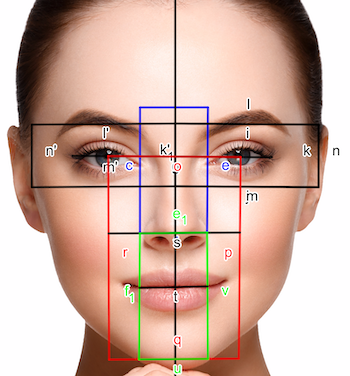Beauty is not just a visual experience; it is a characteristic that provides a perceptual experience to the eye, the ear, the intellect or the moral sense. Beauty is qualities that give pleasure, meaning or satisfaction to the senses, but in this talk I wish to concentrate on the eye and intellect. The late CP Snow wrote The Two Cultures, bemoaning the split between scientists and intellectuals. He argued that culture should continue to provide mankind with its fulcrum of moral understanding. I would suggest that there is still a role for science and art in modern medicine.
Beauty can be defined numerically as (a+b) is to a as a is to b and is behind the pattern of many shapes we find pleasing. It was described by the Pythagorean mathematicians, as they kept seeing this ratio in things regarded as beautiful. The Bible covered many diseases other than leprosy, many of which were not contagious, such as psoriasis. The skin is one of the most important components of an individual’s physical appearance. Appearance is everything in a society where skin is under almost constant scrutiny.
It is also called as the Golden Ratio.

For example, Taj Mahal (an Indian monument) is said to follow the Golden rule, as The Taj Mahal displays golden proportions in the width of its grand central arch to its width, and also in the height of the windows inside the arch to the height of the main section below the domes. Its golden rectangle and golden ratio project can be seen in proper alignment with the base of the main dome, the second level of the front minarets, and the top of the back minarets.


